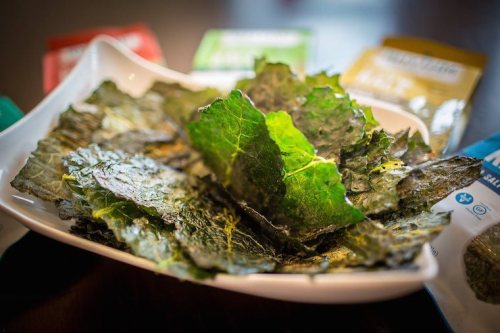Our editors independently select these products. Making a purchase through our links may earn Well+Good a commission
With everything from lentil chips to broccoli bites crowding the snack aisle, food manufacturers have caught on to the shocking notion that people are looking for healthier options to pair with their lunch than a bag of Lays. But are vegetable chips really all that and a bag of, well, chips? That is, are veggie chips healthy? (After all, technically potato chips are vegetable chips…)
To find out just how healthy these “better” options actually are, we turned to Ashley Koff, RD, a renowned nutrition expert, to get the low-down on whether you can replace your kale salad with a bowl of kale chips. Plus, she shares her pro tips for figuring out in under 30 seconds whether the bag you’re eyeing in the snack aisle is as good-for-you as it claims.
These are the 5 things you need to know about navigating the veggie chip aisle.
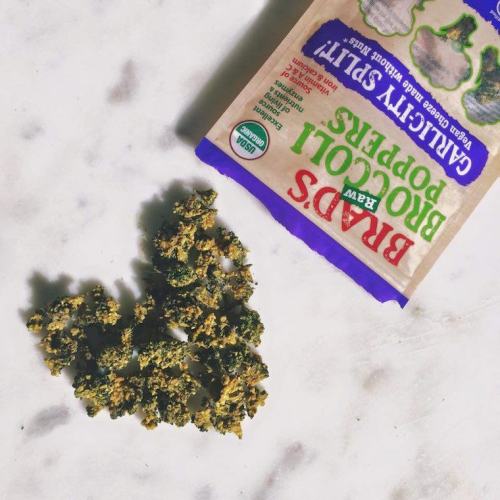
1. Veggie chips should have actual, you know, veggies in them
“Ignore everything on the front of the package, which is just going to tell you exactly what you want to hear, and flip it over to look at the ingredients,” Koff says. Total red flag if the type of vegetable chip you’re buying—whether it’s kale chips, Brussels sprouts chips, or lentil chips—isn’t the first or second ingredient listed.
“Sometimes you’ll see a lot of things listed and the vegetable is actually the last thing, or it might be listed as a dusting and not the vegetable, like a ‘kale dusting’ for example,” she explains. Another thing to keep an eye out for: “flakes” instead of the actual vegetable, which Koff says is also no good. “You don’t want pieces and parts, you want the actual vegetable.”
When eyeing the label, do a quick run-through and see if all the ingredients listed are things you could find and make at home. If not, put it back on the shelf. “Is it a vegetable? Is there an oil? Is there some seasoning and some salt? That’s all going to be totally fine,” Koff says. Anything listed that’s long, weird, and you have no idea what it is? Skip it.

2. When in doubt, go “unsalted”
Too much salt is a sure way to turn an otherwise healthy snack into something you might want to think twice about. “When we dry out vegetables and add salt to them, we are going two steps into dehydrating the body: salt is keeping the water out, and we’re also pulling the water out,” Koff says.
That means most of the nutrients are being lost in the process. What you’re gaining is that satisfying crunch. “Chips between 200 and 300 mg of sodium per serving are fine,” Koff says. “But it’s important to think about how much you’ll actually eat. Something might be labeled ‘lightly salted’ but it’s not ‘lightly salted’ anymore if you eat the whole bag.”
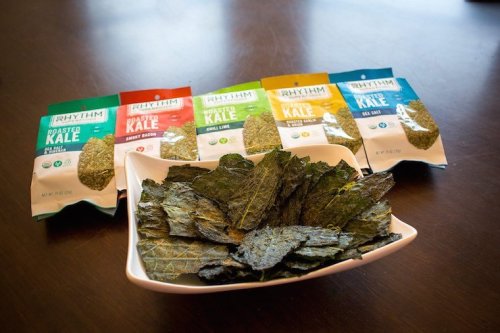
3. The nutritional values don’t lie
After you know exactly what’s in the chips, Koff says to see if the nutritional value measures up to your expectations. “If I’m eating onion chips, or Brussels sprouts chips, I’m not expecting a significant amount of protein there, but if I’m eating lentil chips, I am,” she says. In this case, if the protein value is virtually zilch, it’s a sign that the legume has been so refined that it’s almost not even in there anymore.
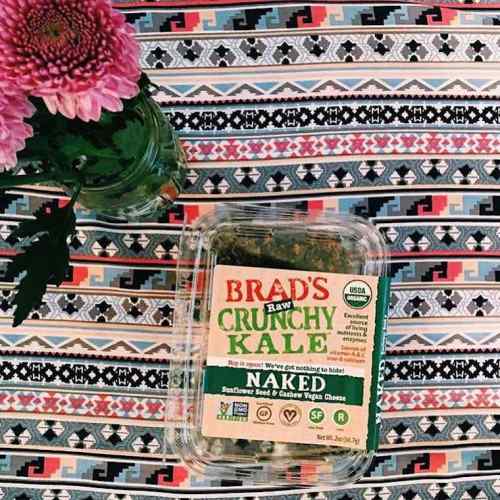
4. Just because it’s made with vegetables doesn’t mean it can replace your salad
“This is where we often go so wrong,” Koff says. If the nutritional value looks reasonable but the serving size is only a few chips, it’s easy to get tricked into snacking on something you think is healthier than it really is. The nutritionist notes that it’s important to remember that while vegetable chips can be an awesome snack, they aren’t meant to replace actual salad or the steamed fresh stuff. As she puts it, “At the end of the day, they’re still chips.”
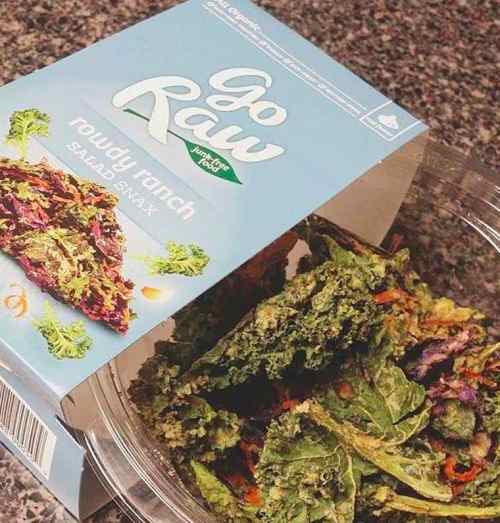
5. Know who to trust
While Koff shies away from endorsing specific brands, here are a few (though certainly not all!) popular veggie chip brands that get a gold star by meeting all the criteria on her list: Brad’s Raw Chips, Rhythm Superfoods, Boulder Canyon, Beanitos, Go Raw, and Danielle. Nothing sneaky or weird inside these picks, so snack away!
Inspired to solely stock your kitchen with good-for-you foods? Check out the healthy staples every kitchen needs. And if you’re grabbing treats for a party, sneak a peek at this list of superfood party snacks.
Sign Up for Our Daily Newsletter
Get all the latest in wellness, trends, food, fitness, beauty, and more delivered right to your inbox.
Got it, you've been added to our email list.
